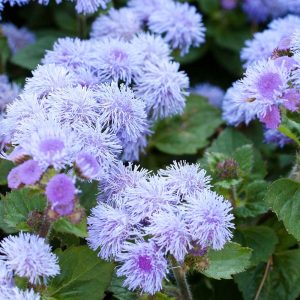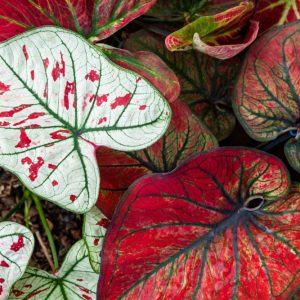Description
Calandrinia – Rock Purslane –
There are about 150 species of annuals and short lived, tufted to clump forming, low growing, evergreen perennial, a few of which are succulent, in this genus. They occur in hot, dry, open, rocky areas, and sometimes grassy or bare alpine steppe or scree, in Western North America, Cental America to Northwestern and Western South America and also Australia. Although they often appear rosetted, the narrow, smooth edged, usually fleshy leaves are alternate. Atop of short, weak flowering stems it carries 5-7 petaled flowers, with 2 large sepals, are usually red, reddish purple, white, or yellow to orange, and may be solitary or borne in semi erect or pendent racemes or panicles. Grow on a sunny bank or in a border, rock garden, scree bed or alpine house.
Grow in open, slightly acidic, humus rich, sharply drained soil in full sun.
Prone to aphids, spider mites, slugs and snails.
C. umbellata – Rock Purslane – This variable, loose, mound forming evergreen perennial from Chile and Argentina grows 6-8″ tall and wide. It is often treated as an annual, with semi upright, branching stem and linear to lance shaped, very hairy, blue or gray-green leaves, 3/4-1 ½” long. It bear loose panicles of 6-30 upturned, cup shaped crimson-magenta flowers, to 3/4″ across, in summer.
Zones 7-9





